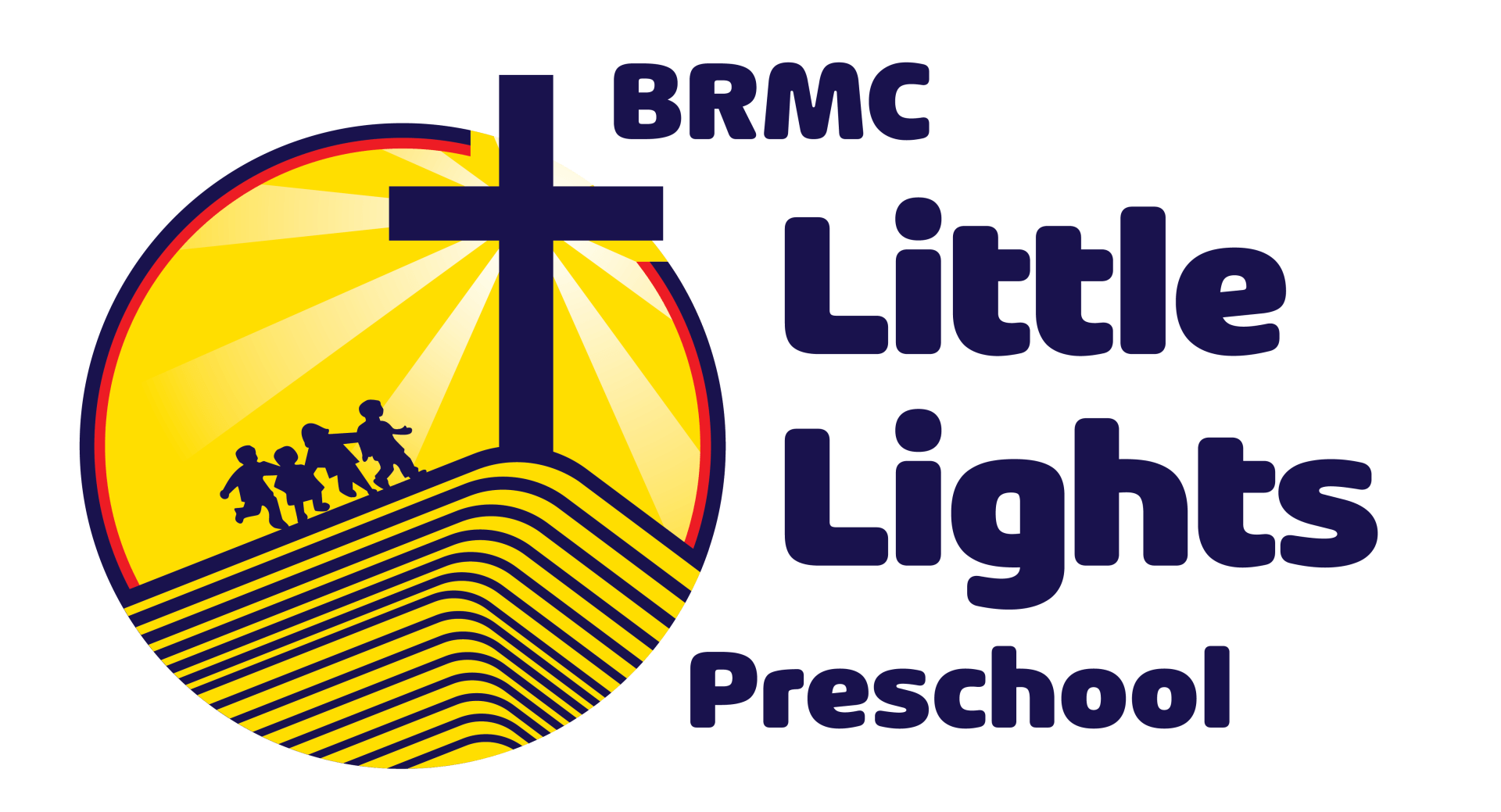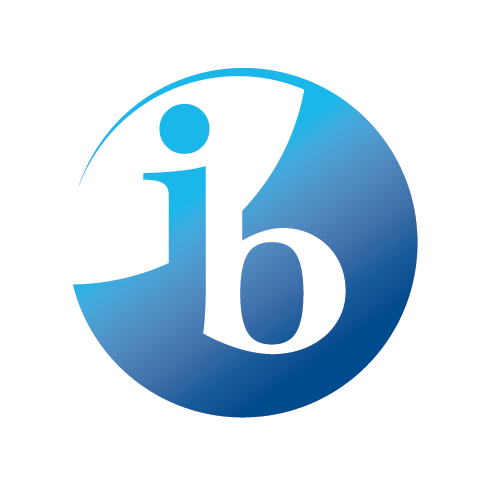PYP Language Policy
A. Language Philosophy
Languages play an important role in constructing meaning and getting our children ready for life.
We use language to listen, communicate, think and reflect and also to express our identities and culture. We have a bilingual Nation Language Policy where English is our first language and our Mother Tongue (MT) is our second language. As Singapore is a multicultural society, we have three official MTs – Malay, Chinese and Tamil. In Barker Road Methodist Church Little Lights Preschool, English is our working language and first language and we offer Chinese as our MT.
The Ministry of Education has a framework, Nurturing Early Learners (NEL) for Kindergarten. There are six domains in this framework: Aesthetics and Creative Expression, Discovery of the World, Language and Literacy, Motor Skills Development, Numeracy and Social and Emotional Development. BRMCLL incorporates the key learning, skills and dispositions into our Language Scope and Sequence. We have an English Scheme of Work and a Chinese Scheme of Work that document the learning outcomes and skills we want our students to develop.
In BRMCLL, we want our students to acquire and maintain a strong foundation in English. The listening, speaking, reading and writing skills that children acquire in the preschool years will help them communicate internationally and access information. In addition, listening and speaking in Chinese are also emphasised to enable students to gain both a cultural as well as an international perspective. The ability to use more than one language has practical, educational and social benefits.
B. School-wide Bilingual Practices
In order to have a bilingual environment that is conducive for our children, we put the following practices in place:
- School-wide Practices
- The main language of instruction used in school is English. It is used in school publications, documents, website and signages.
- Official communication with staff, parents and the school community shall be in English.
- Parents may communicate in either language to the homeroom English and/ or the Chinese teachers.
- We provide opportunities for students to perform before an audience in English and Chinese during school events like annual concerts and performances during festivals.
- Students will receive bilingual instructions for every grade and domain in the NEL.
- There is an English and a Chinese teacher in every homeroom. The English and Chinese teachers collaborate to ensure that the instructions for students are scaffolded and meaningful to be effective for learning.
- The students in the Nursery levels receive about 30% English and 70% Chinese instruction.
- The students in the Kindergarten levels receive about 50% Chinese and 50% English instruction.
- Homeroom Practices
- All language teachers are suitably qualified.
- Both the English and Chinese language teachers are required to be able to understand and communicate with their teaching partner.
- There is collaboration between the English and Chinese language teachers in every homeroom.
- Units of Inquiry are taught and reinforced in both languages using the inquiry cycle.
- The school library has books in both languages. Older students have regular library classes where they are encouraged to read and borrow both English and Chinese books.
- We also borrow age-appropriate books from the National Library Board that relate to the Units of Inquiry and place them in the homerooms for children.
- Students’ learning processes are displayed in classes and along corridors in both English and Chinese.
C. School-wide English Practices
English is taught at every grade. Students will receive instruction in English for every domain in the NEL framework i.e. Language, Numeracy, Discovery of the World, Music, Fine & Gross Motor Skills, Aesthetics and Social & Emotional Learning.
- Ample opportunities are provided every day to use English in the form of songs, nursery rhymes, poems, songs, stories, show and tell, etc.
- Multimedia resources are used to enhance the learning of English.
- Alphabetic and phonemic awareness are integrated into the reading and writing readiness instruction at each level of competency.
- The Nursery students are encouraged to develop their writing skills according to their level of competence; scribbling, tracing, finger painting, letter-formations, etc.
- For the Kindergarten students, teachers will provide instructions and model the correct usage of language conventions; including spelling, grammar, rules of punctuation and handwriting.
- The FLAIR Program for K2 Students is implemented to help the emergent readers in K2. This program is provided by the Ministry of Education, Singapore. The “Pro- Flairs” are teachers who are trained to work with students and have a daily
program to engage students. The aim is to lay a strong oral-aural foundation in the English language for these students so that they will be ready to develop early reading skills.
D. School-wide Chinese Practices
Chinese is taught at every grade. Students will receive instruction in Chinese for every domain in the NEL framework i.e. Language, Numeracy, Discovery of the World, Music, Fine & Gross Motor Skills, Aesthetics and Social & Emotional Learning.
- The Teacher Assistants in the Nursery homerooms are usually Chinese teachers. They will speak to students in Chinese.
- Ample opportunities are provided every day to use Chinese in the form of songs, nursery rhymes, poems, songs, stories, show and tell, etc.
- Multimedia resources are used to enhance the learning of Chinese.
- Chinese language skills are integrated into the listening, speaking, reading and writing readiness instruction at each level of competency.
- The N1 / N2 students will be encouraged to develop their writing skills according to their level of competence; scribbling, tracing, finger painting, letter-formations, etc.
- For the K1 / K2 students, teachers will provide instruction and model the correct usage of language conventions, including spelling, grammar, rules of punctuation and handwriting.
This Language Policy was collaboratively agreed upon by all teaching staff of BRMC Little Lights Preschool together with Ms Jummy Laurentius, the PYP Coordinator, and Ms Cherilyn Lee, the Principal. There is a review of the policy at the end of each academic year.

